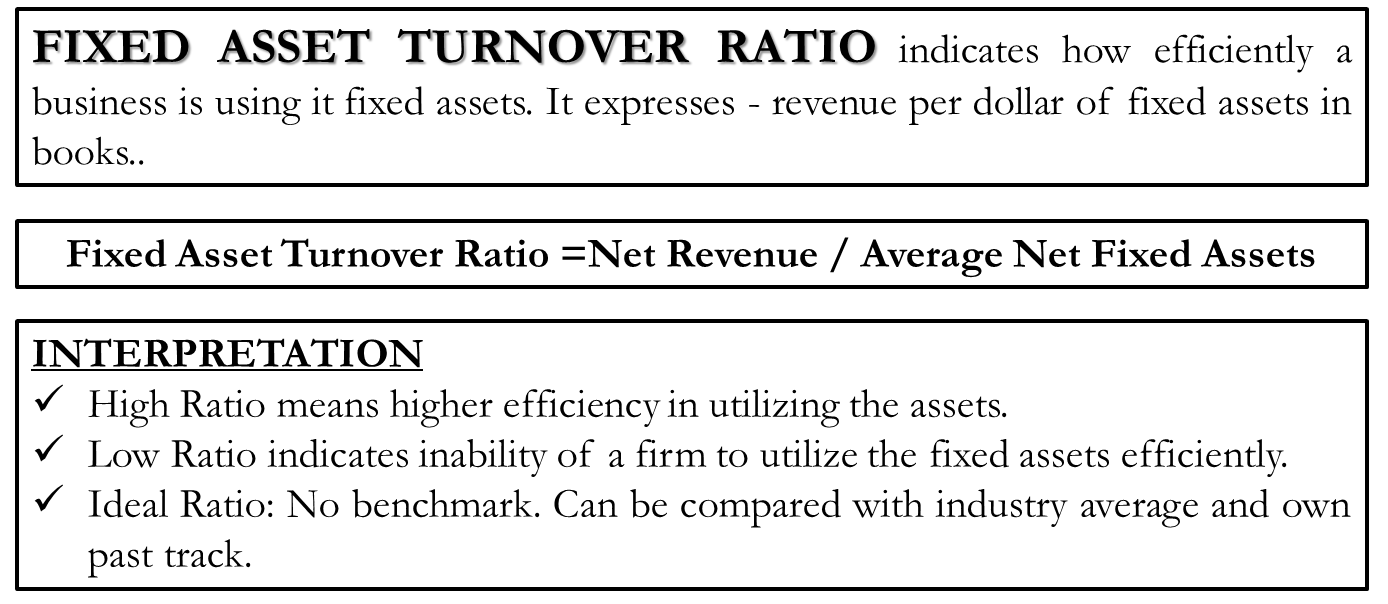

The Pauper's Money Book shows how you can manage your money to greatly increase your standard of living. It shows how much revenue is generated for each dollar invested in assets. If there are no pronounced seasonal variations, then average total sales can be calculated by adding the total assets at the beginning of the year to the total assets at year-end, then dividing by 2: Net Sales = Total Sales − Cash Sales − Returns and Allowances The total asset turnover measures the return on each dollar invested in assets and equals the net sales, which is total sales minus cash sales minus returns and allowances, divided by the average total assets: Rural Widget Seller: Days in Inventory = 365 Days.Big-City Widget Seller: Days in Inventory = 365 Days.Note that, in this case, using inventory sales will yield not only different results for the 2 widget sellers, but they would both be incorrect: Since financial ratios are used for the express purpose of comparing different companies, why use annual sales? Because, unfortunately, most major compilers of financial data have used total annual sales, so this is the ratio that is most widely used.Ĭlosely related to inventory turnover is the days in inventory, equal to 365 days divided by the inventory turnover:įor the 2 companies in Example 1, using inventory turnover based on cost of goods sold: But since the inventory turnover measures how often the inventory has been turned over (hence the name!), only with the cost of goods sold in the numerator will yield the correct turnover rate, and allow direct comparisons among different companies. In the above example, which numerator is chosen for the inventory turnover will result in a large difference in ratios. Big City Widget Seller Inventory Turnover = $12,000,000 / $1,000,000 = 12 = Rural Inventory Turnover.It would seem that Big City Widget Seller has much better inventory management, but using the cost of goods sold would indicate otherwise: Using the annual sales for the numerator: Both companies sell 12,000,000 widgets annually, hold 1,000,000 widgets in inventory, and the cost of goods for the widgets is $1 for both companies. Rural Widget Seller sells widgets for $2 in its low priced market. Big City Widget Seller sells widgets for $4 in its high priced market. There are 2 companies selling widgets in 2 locations. In seasonal businesses, where the amount of inventory varies widely throughout the year, the average inventory cost is used in the denominator.Įxample 1: Calculating Inventory Turnover Using the cost of goods sold in the numerator is a more accurate indicator of inventory turnover, allowing a more direct comparison with other companies, since different companies would have different markups to the sale price, which would overstate the actual inventory turnover. The best measure of inventory utilization is the inventory turnover ratio (aka inventory utilization ratio), which is the total annual sales or the cost of goods sold divided by the cost of inventory.

A higher inventory turnover ratio indicates more effective cash management and reduces the incidence of inventory obsolescence. Generally, the average collection period should not exceed the credit terms that the company extends to its customers.įor a company to be profitable, it must be able to manage its inventory, because it is money invested that does not earn a return until the product is sold. Closely related to the accounts receivable turnover rate is the average collection period in days, equal to 365 days divided by the accounts receivable turnover:Īnalysts frequently use the average collection period to measure the effectiveness of a company's ability to collect payments from its credit customers.


 0 kommentar(er)
0 kommentar(er)
